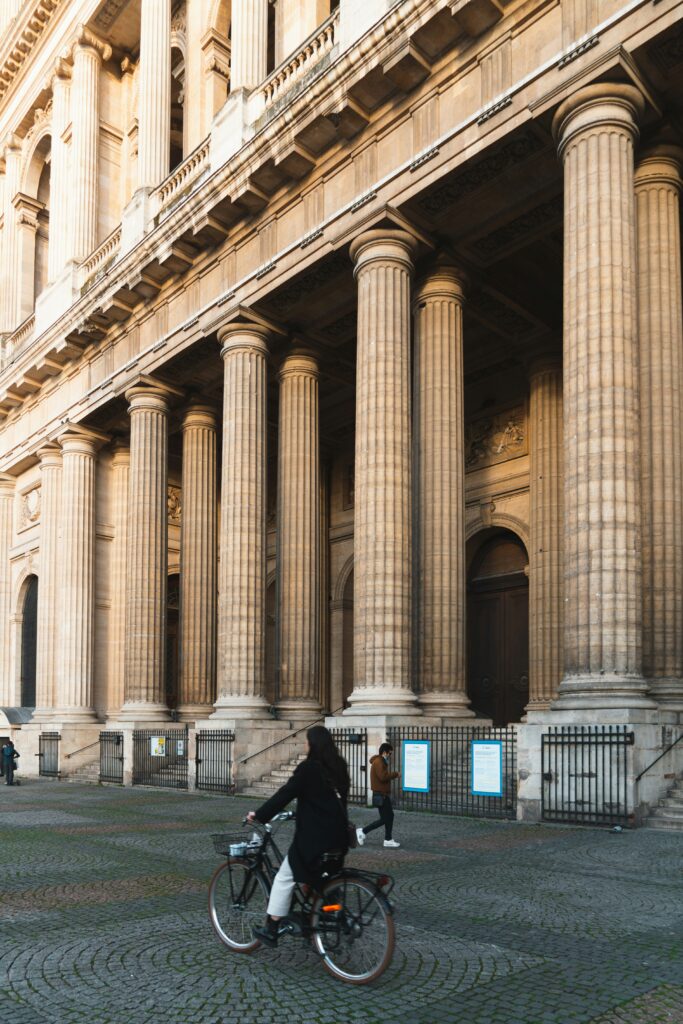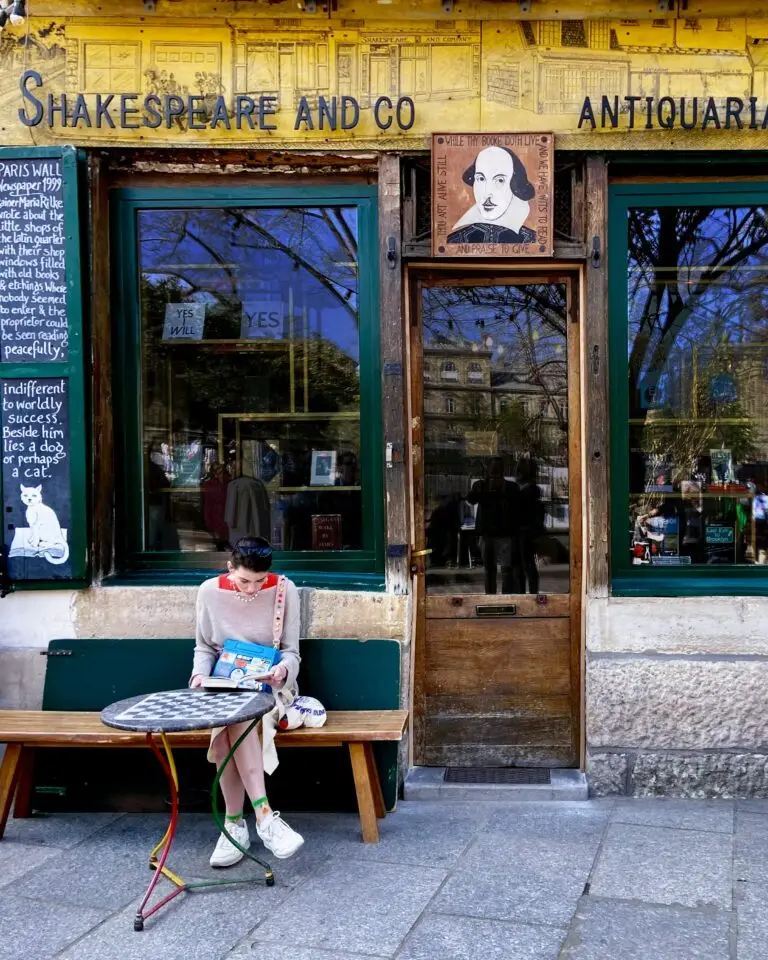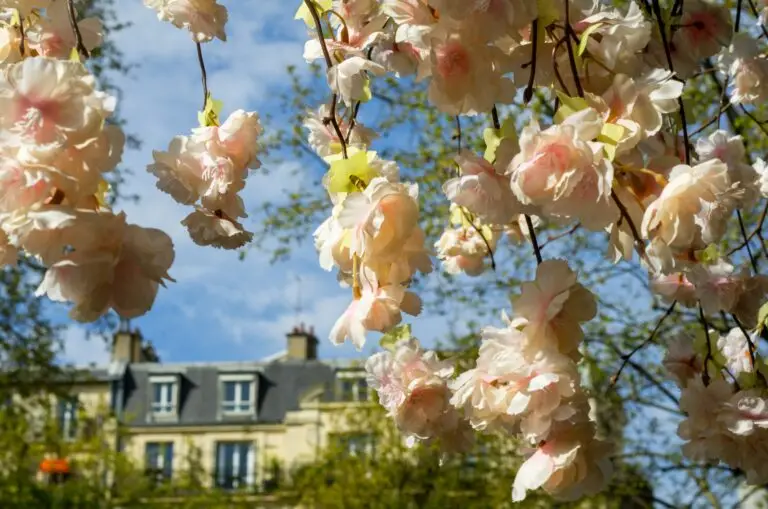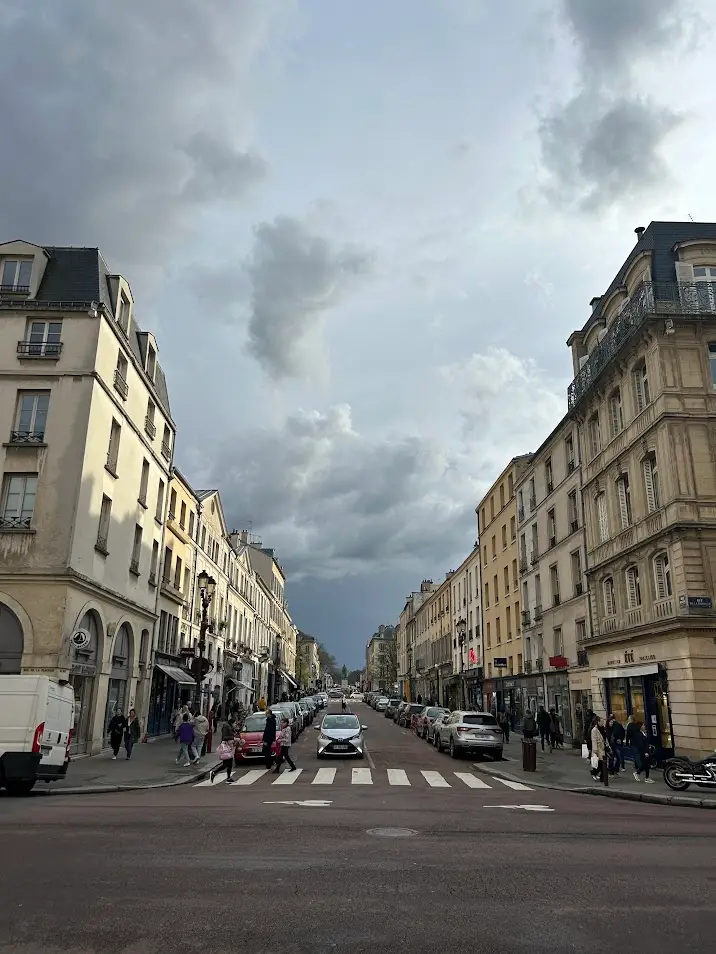Ice is rare, butter is divine, top sheets are missing, and washcloths are MIA. Tipping’s low-key, water’s free—but only if you ask the right way—dairy might hit different, and A/C is a luxury not to be assumed.
Welcome to Paris: a magical city where the little differences make all the difference.
Before you pack your bags, it’s worth bracing for a few everyday habits that differ from what many American travelers expect.
As the saying goes, “When in Rome, do as the Romans do.” And for an authentic Parisian experience, of course you’ll want to “do as the Parisians do“.
To help you navigate Paris—and avoid awkward surprises—here are seven cultural differences Americans should know before visiting Paris.
Top Cultural Differences Americans in Paris Should Know
1. Ice Isn’t a Given
Unlike in the US, ice is not automatically added to drinks in Paris. Most restaurants have ice available, but you’ll need to specifically request it.
Want ice? Politely ask for it: “Pourrais-je avoir des glaçons, s’il vous plaît?”
While some Americans feel this is a major inconvenience, embracing room temperature drinks can actually help you appreciate the subtle flavors of your beverages. Plus, many Europeans believe that extremely cold drinks aren’t ideal for digestion. I’m not defending them, just saying…
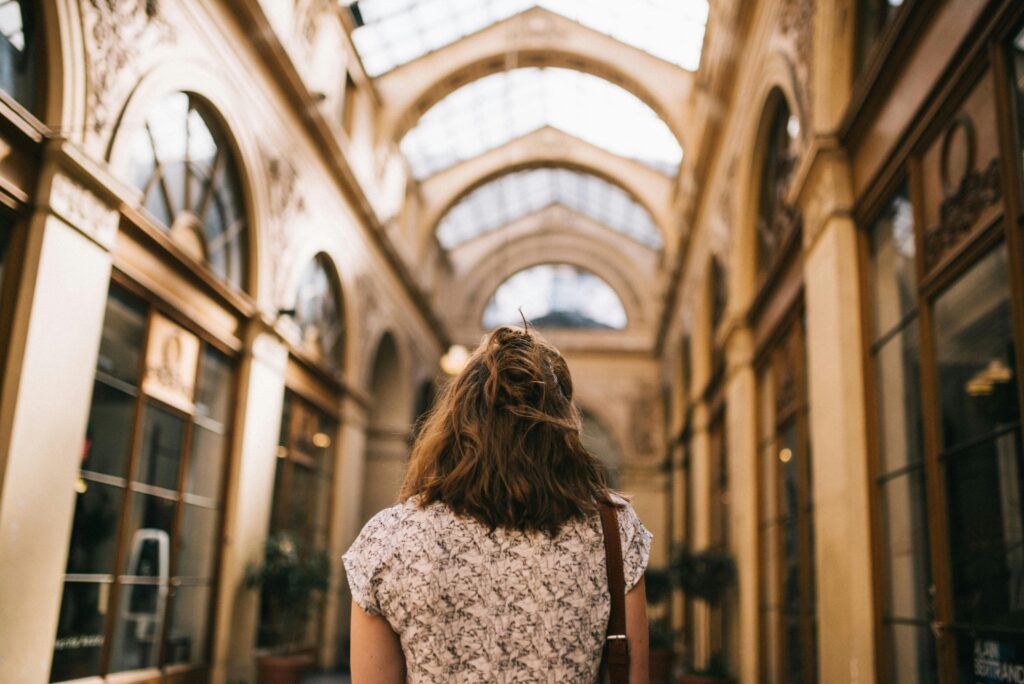
2. Air Conditioning Is Rare – Even in Summer
If you’re visiting Paris in summer, be prepared: air conditioning is far less common than in the U.S. Granted, Paris doesn’t often get that hot, but when it does, it’s unpleasant and could ruin your trip if you let it.
Many hotels, especially older buildings and budget accommodations, either don’t have A/C or only offer limited units. The same goes for restaurants, trains, and shops—it might be warm inside.
Look for listings that specifically mention “climatisation” (air conditioning) if this is important to your comfort. And pack light, breathable clothing just in case.
This difference stems from a combination of factors: older architecture not designed for central air, different energy consumption priorities, and frankly, a European willingness to adapt to seasonal temperatures rather than controlling them. Again, not justifying…
3. Bedding Differences: The Missing Top Sheet
French beds typically have a fitted sheet and a duvet with a cover, but no top sheet. If this is a dealbreaker for you, bring a lightweight flat sheet in your suitcase. Higher-end hotels (4-5 stars) will likely provide one upon request, but vacation rentals through Airbnb or VRBO probably won’t have them available.
The duvet cover functions as both blanket and top sheet in one convenient package. The complete duvet cover is changed just as often as you change the other sheets, makes everything easier!
If you find the duvet too warm, especially in summer, a clever trick is to remove the duvet from its cover and just sleep with the cover as your “top sheet.”
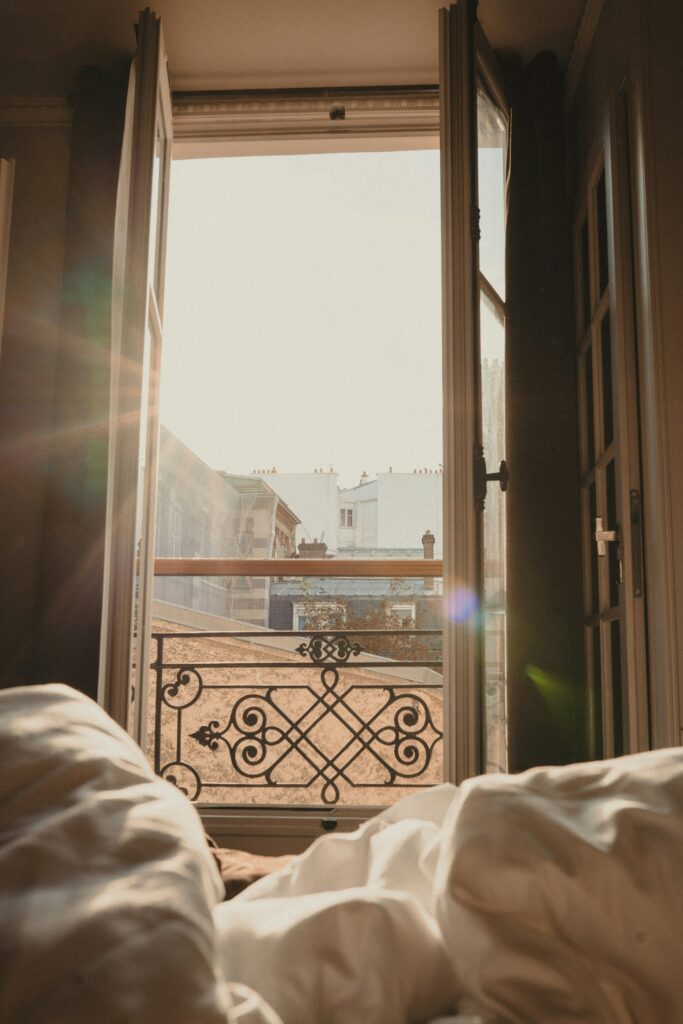
4. Tipping Isn’t What You Expect
Ok, most people know this, but in France, service is often included in the bill (service compris), so tipping works differently than in America. If you wish to leave a tip, you’ll need to have some euro coins or bills on hand, as the electronic payment systems don’t always include tipping options. Though this is changing in touristy areas.
A 10% tip is considered generous in France, not an insult as it might be understood in the US. It is generally thought that staff are paid living wages, so tips are truly a bonus for exceptional service rather than an expected part of their income.
This creates a more relaxed dining atmosphere without the pressure to calculate the appropriate percentage. Just round up the bill slightly or leave a few coins for good service.
5. Washcloths? Bring Your Own
Washcloths (face cloths) are considered personal items in France, similar to toothbrushes. Most accommodations don’t provide them. If you use washcloths, pack some inexpensive or disposable ones in colors other than white (to avoid mix-ups with hotel towels).
Alternatively, you can purchase a French-style “gant de toilette” a glove-style washcloth that makes a fun and useful souvenir.
6. Tap Water Is Free – But Only If You Ask Right
Thirsty? France offers excellent, free tap water at most restaurants, but you’ll have to ask—and ask the right way.
Be careful. If you ask for water in a restaurant but don’t specify “une carafe d’eau,” the server may well bring you bottled water, which, once opened, must be paid for.
The tap water in Paris is perfectly safe and quite good, held to very high standards.
How to Order Different Types of Water
Here’s your quick guide to ordering water like a local:
- For free tap water: “Une carafe d’eau, s’il vous plaît” (a pitcher of water, please)
- For sparkling water: “De l’eau gazeuse, s’il vous plaît” (sparkling water, please) or you can ask for a specific brand like “une Badoit” or “une San Pellegrino,” which are common sparkling water brands in French restaurants
- For still bottled water: “De l’eau plate, s’il vous plaît” (flat/still water, please)
- For a bottle of mineral water: “Une bouteille d’eau minérale” (specify “gazeuse” for sparkling or “plate” for still)
If you’d like ice in your water (though this is uncommon in France), you can say: “Avec des glaçons, s’il vous plaît” (with ice cubes, please). Just be prepared that you might receive only a few cubes rather than an American-style glass filled with ice.
This cultural difference around water service reflects France’s appreciation for the natural taste of beverages. By bringing your own water vocabulary, you’ll navigate drink orders with confidence and connect to a daily practice of Parisian life.
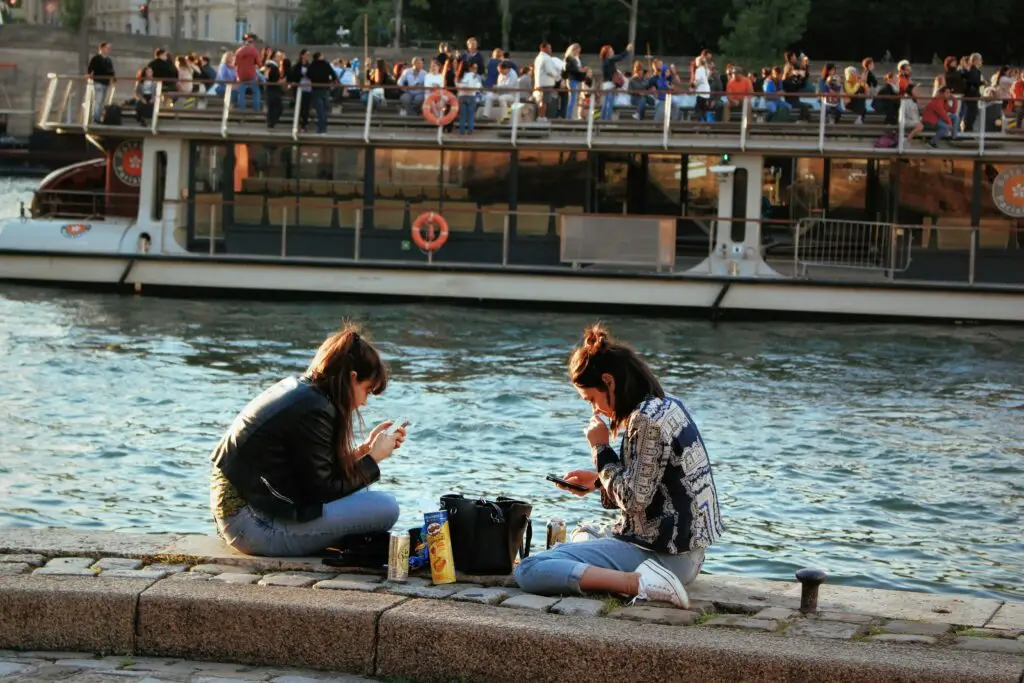
7. French Dairy Product Considerations
Even if you’re fine with dairy back home, French dairy products can hit differently. Don’t be surprised. Some travelers experience mild digestive issues due to European processing methods or higher fat content.
UHT Milk
One of the most interesting discoveries for American visitors happens in the supermarket milk aisle. In France, you’ll find that UHT milk (Ultra-High Temperature processed) is commonly sold in shelf-stable packaging at room temperature rather than in refrigerated sections.
This isn’t a storage mistake—it’s an ingenious food preservation method! UHT milk is rapidly heated to approximately 135°C for just a few seconds, then quickly cooled down. This process sterilizes the milk by eliminating all microorganisms, allowing it to be stored unrefrigerated for several months until opened.
The slightly different taste—sometimes described as having subtle caramel notes—comes from the natural caramelization of milk sugars during the heating process. While it might seem unusual at first, millions of Europeans prefer UHT milk for its convenience and extended shelf life. Once opened, it should be refrigerated like any other milk.
Anyway, If you’re sensitive to dairy, proceed with caution—especially with creamy sauces, cheeses, and pastries. Lactase tablets are available at French pharmacies, and grocery stores stock a variety of milk options:
- Lait écrémé – Skimmed – Blue Cap
- Lait entier – Whole milk – Red Cap
- Lait demi-écrémé – Semi-skimmed – Green Cap
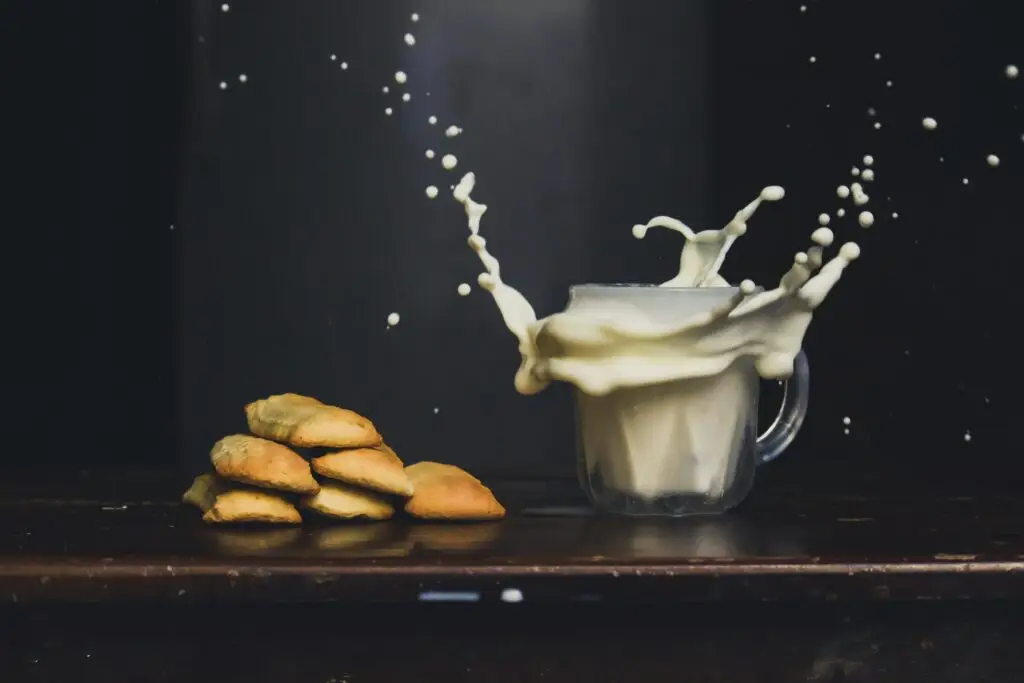
The Joy of Cultural Discovery
These cultural differences aren’t obstacles to overcome but windows into a different way of life. Each represents an opportunity to question assumptions, try new approaches, and perhaps bring home not just souvenirs but fresh perspectives on everyday habits.
The beauty of travel lies in these moments of discovery—when something as simple as ordering water or experiencing a different bedding system reveals how wonderfully diverse our world can be. By approaching these differences with curiosity rather than judgment, you transform from a tourist into a true traveler.
The French have a lovely expression, “dépaysement“—that wonderful feeling of being pleasantly disoriented in a new place. Embrace it! These small adaptations are the souvenirs that last far longer than any trinket from a gift shop.
Bon voyage et à bientôt à Paris!
